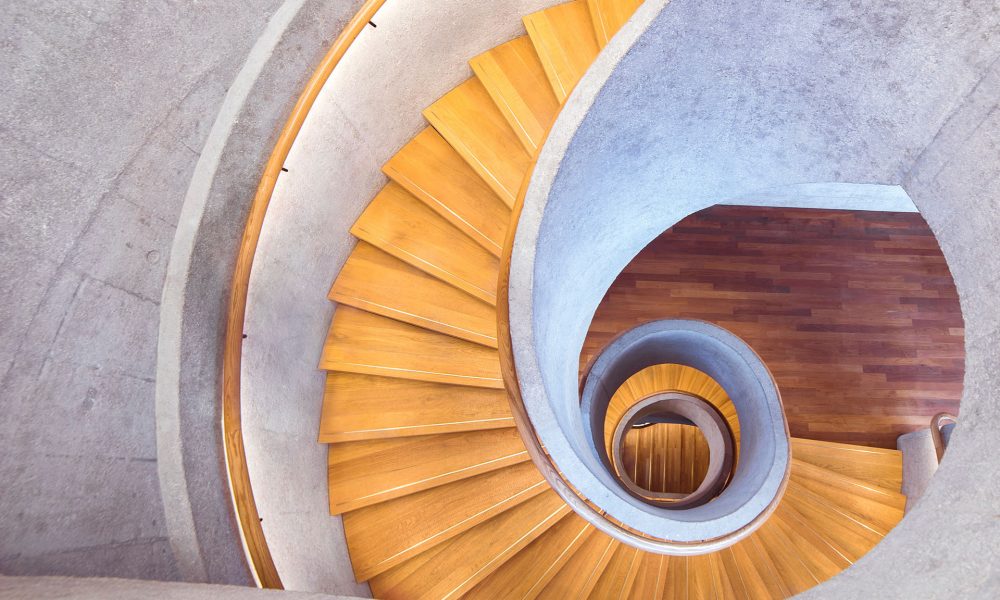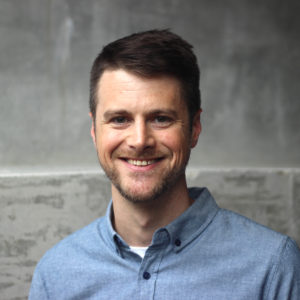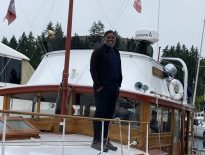2023 Midyear Stats and Takeaways
Now that we’ve hit the midyear milestone, the Institute is pleased to share high level stats and takeaways around the growth of our programs.
BUILDINGS
CORE, LIVING BUILDING CHALLENGE, ZERO CARBON, and ZERO ENERGY
- In the first half of 2023, 12 projects achieved certification (1 Living, 5 Petal, 1 Zero Carbon, and 5 Zero Energy), including:
- Phipps Exhibit Staging Center (Living Certified) – This 10k sq.ft. renovation in Pittsburgh, PA, transq.ft.ormed a dilapidated garage into a carpentry/prop shop, storage, wellness studio, and office space for Phipps Conservatory & Botanical Gardens, which is the only organization to have two certified Living Buildings.
- Block 009 (Petal Certified) – This 130 sq.ft. single-occupancy home in Seattle, WA, is the first Affordable Housing project to achieve Petal certification. Facing Homelessness, which is a Volume client, aims to support people experiencing homelessness by placing a BLOCK Home on every residential block in Seattle.
- The Gulf State Park Interpretive Center (Petal Certified) – Created to address the devastation of both the Deepwater Horizon oil spill and hurricane Ivan, and enable visitors to connect to nature, this 5.5k sq.ft. center in Gulf Shores, AL, achieved an impressive 19 of the 20 Imperatives.
- PCC Downtown and Kirkland (Petal Certified) – PCC Community Market, another Volume client, recently added not one but two certified stores, roughly 20k sq.ft. each, to its portfolio of 5 projects that have each achieved the Materials Petal.
- There are currently 186 certified projects, which range from 130 to 573k sq.ft. and represent a combined 5M sq.ft.. 33 of these projects have met all 20 Imperatives and 7 Petals to achieve Living certification.
- In addition, 14 projects achieved Ready Designation so far in 2023 (1 Living, 2 Petal, 2 Core, 4 Zero Carbon, and 5 Zero Energy). At 1.1M sq.ft., Google’s Bay View is the largest project to achieve the Ready Designation milestone.
- Here is a link to the full list of projects celebrated at LF23.
- We currently have 610 actively registered projects, representing 52.2M sq.ft. and range from 100 to 5M sq.ft.. (More than 900 projects registered all time.)
- These projects are primarily located in the US (69%), followed by Canada (5%), Australia (4%), New Zealand (3%), and Brazil, China, Ireland, Mexico, and the UK (1%).
- You can find most of our certified and non-confidential registered projects on our Project Map. At this point, the map is not a comprehensive list. If you have a certified or registered project that is not on the map and wants to be included, please email maps@living-future.org and let us know.
MATERIALS
DECLARE and LIVING PRODUCT CHALLENGE
- There are currently 40 active certified Living Products and 1,200 active Declare labels (20% increase over last year), including 719 Red List Free (RFL) and 304 Red List Approved (RLA).
- These products represent 42 CSI divisions (product types) with the fastest growth from the lighting sector.
- We are seeing growing interest in products further up the supply chain that can become parts of other RLF or RLA finished goods. Examples include Mycocycle’s mycelium-gypsum composite, Moore & Giles’ olive-tanned leather, and Carnegie Fabrics Bio Xorel Fabric, which recently achieved recertification under the Living Product Challenge.
ORGANIZATIONS
JUST
- In the first half of 2023, we registered 42 new Just organizations, which was 2x higher than the same period last year.
- There are currently 174 active Just labels, representing a total of 27,000 employees and ranging from 1 to 6,800 employees.
- These firms represent 14 industries. By number of labels, architecture firms represent more than half of the participating organizations, followed by consulting and engineering. By number of employees represented, construction contributes slightly more than architecture (36% vs 29%), followed by manufacturing at 17%.
- These firms are based in 12 countries. The vast majority are in the US (87%), followed by Canada, Australia, and New Zealand (2-3% each).



